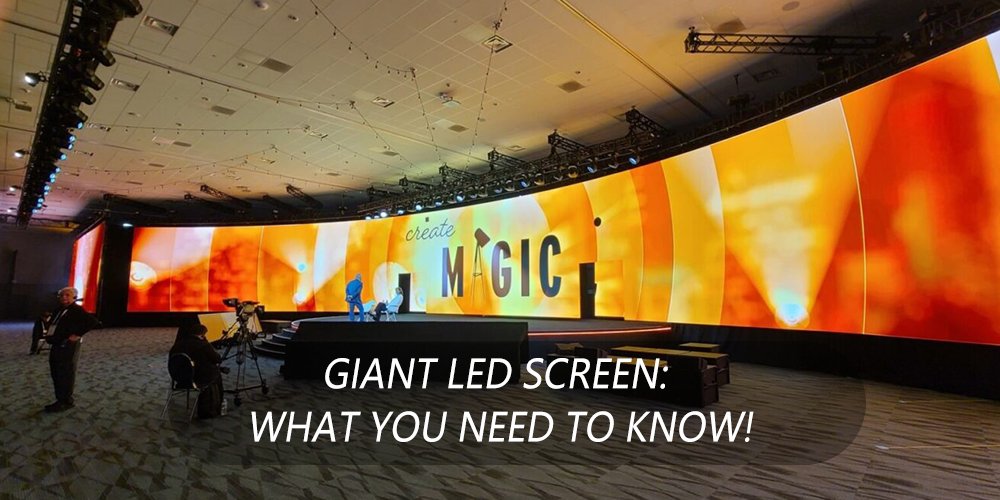
The Ultimate Guide to LED Screens: Everything You Need to Know
LED screens have become an essential part of our modern visual landscape. From advertising billboards and event stages to home entertainment systems, these versatile displays are transforming how we engage with content.
In this blog, we’ll explore the ins and outs of LED screen, their benefits, applications, and what you should consider before making a purchase.
What is an LED Screen?
LED stands for Light Emitting Diode. Unlike traditional LCD screens that rely on backlighting, LED screens produce light independently through diodes. This results in brighter, sharper images with better contrast and energy efficiency.
Benefits of LED Screens
One of the main advantages of LED screens is their high brightness and visibility. They are ideal for both indoor and outdoor use, maintaining clarity and vibrant colors even in direct sunlight. Additionally, LED screens are incredibly energy-efficient, consuming less power compared to other display technologies.
This makes them a more environmentally friendly option. Furthermore, they boast a longer operational lifespan, providing a cost-effective solution for businesses and consumers. Their versatile design also allows for customization in various shapes and sizes to suit different applications.
Applications of LED Screens
LED screens are widely used in various sectors. In advertising and marketing, LED billboards offer a dynamic and engaging way to capture consumer attention with vivid, high-resolution visuals. At events and concerts, large LED walls display live broadcasts and visuals, enhancing the audience’s viewing experience.
In retail and hospitality, interactive LED displays provide an immersive shopping and service experience. For home entertainment, high-definition LED TVs and gaming monitors offer stunning visuals and immersive gameplay, bringing content to life in unprecedented clarity.
Choosing the Right LED Screen
When selecting an LED screen, it’s essential to consider several factors. Resolution and pixel pitch are crucial for image clarity; higher resolution screens with lower pixel pitch are ideal for closer viewing. Brightness and contrast also play a key role, with nits (a measurement of brightness) determining visibility, especially in outdoor environments.
If the screen is intended for outdoor use, ensure it has high brightness levels and is weather-resistant. Additionally, size and installation are important considerations. The appropriate screen size will depend on the available space and intended content, ensuring an optimal viewing experience.
Conclusion
LED screens are a powerful medium for communication and entertainment. Whether you’re enhancing your business’s visibility, upgrading your home theater, or organizing a large-scale event, the right LED screen can make a significant impact.
Stay informed, explore your options, and embrace the brilliance of LED technology for your next visual project! Need further guidance? Feel free to reach out with any questions about choosing or installing your LED screen.





